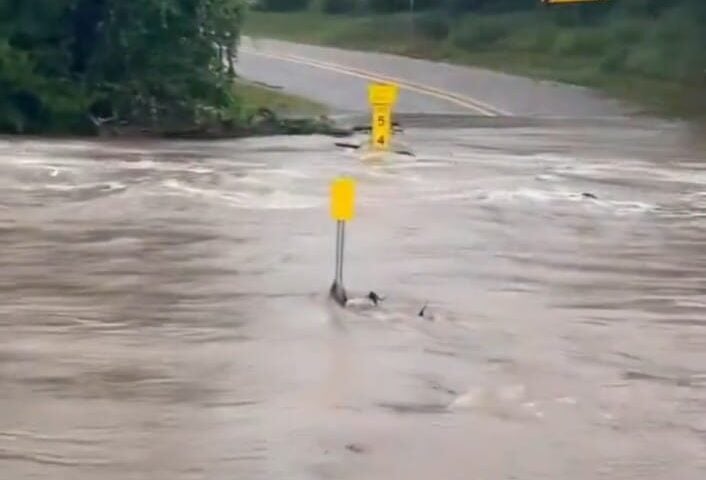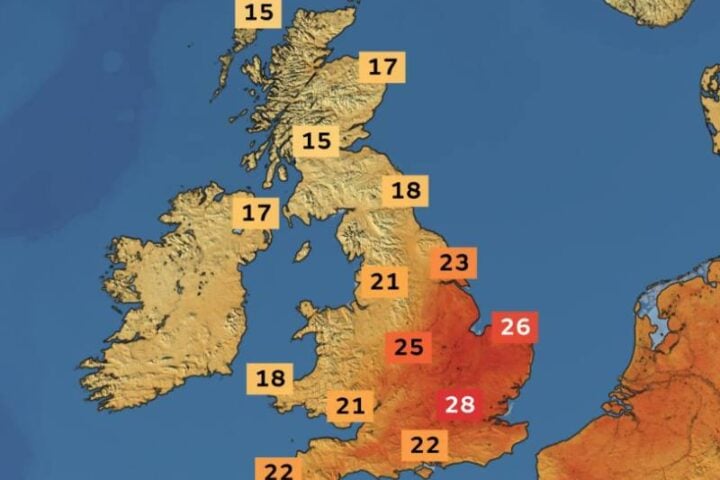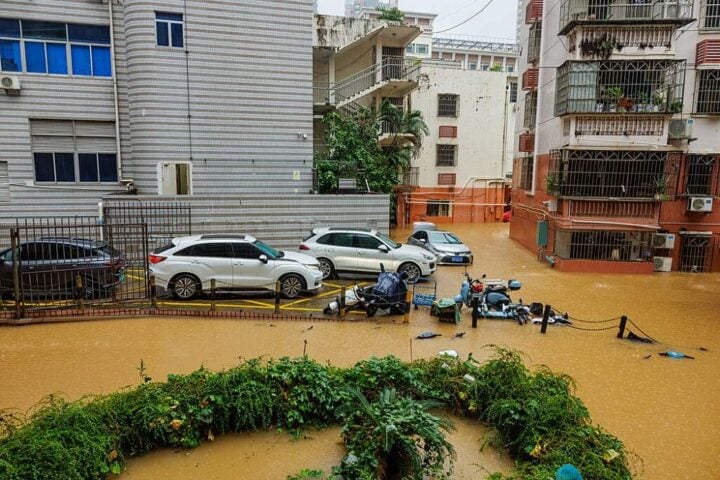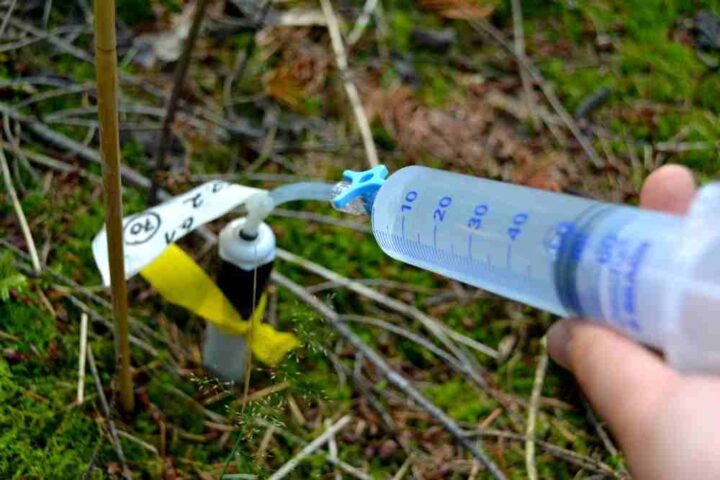Auburn’s Unexpected Findings
In a groundbreaking study, researchers from Auburn University have unveiled the astonishing adaptability of honeybee colonies. Contrary to prior beliefs, even when their intricate three-dimensional nests were disrupted, these colonies showcased no significant dip in performance. This revelation has profound implications for our understanding of honeybee behavior and their role in our ecosystem.
The Experiment: Order vs. Chaos
The research team employed non-destructive, photo-based sampling methods using movable wooden bee-frames to observe the growth and organization of combs within the nests. This innovative approach ensured the colonies remained unharmed.
To truly test the resilience of these colonies, the researchers introduced chaos. They rearranged the movable wooden bee-frames in a randomized order every week, expecting this disruption to negatively impact the colonies. Astonishingly, the disrupted nests showed no significant difference in worker population, comb area, hive weight, or nest temperature compared to the intact ones.
Deciphering the Bees’ Strategy
The bees’ unexpected resilience prompted a deeper dive into their behavior. Modeling revealed that honeybees prioritize structural connectedness when expanding their nests. They actively repair connections in their three-dimensional structure, even after repeated disruptions. This adaptability is crucial in the wild, where they often have to adjust to non-uniform cavities.
Why Nest Connectedness Matters
The study highlighted several potential reasons for this behavior:
Thermoregulation Efficiency: A well-connected nest has a reduced surface area-to-volume ratio, which can enhance temperature regulation, crucial for larvae development and winter survival. Optimized Travel: A connected structure minimizes travel distances within the nest, streamlining essential activities like foraging, feeding larvae, and egg-laying. Information Sharing: A cohesive nest structure may facilitate better communication among colony members.
Similar Post
Implications and Insights
Peter R. Marting, the study’s first author, expressed his team’s surprise at the results. Their findings led to the development of predictive comb growth models, offering a deeper understanding of honeybee behavior.
Senior author Michael L. Smith emphasized the importance of experimental research, stating, “Sometimes you just have to do the experiment and see what the bees will do.”
The Bigger Picture: Honeybee Challenges
Despite the resilience showcased in Auburn’s study, honeybees face significant challenges. A recent survey by the University of Maryland and Auburn University revealed a concerning 48% loss of honeybee colonies in the past year. This figure, while alarming, is not unprecedented, with a 50.8% mortality rate observed in the 2020-2021 period.
Honeybees are indispensable, pollinating over 100 crops, from nuts to citrus fruits. Their high mortality rate is attributed to a cocktail of threats: parasites, pesticides, starvation, and climate change impacts.
The Varroa Mite Menace
The parasitic mite, Varroa destructor, stands out as the primary threat. Transmitting viruses and weakening bees’ immune systems, even minor infestations can wreak havoc on colonies. Pesticides further compound the issue, impairing bees‘ ability to forage.
Future of Honeybees: A Call to Action
While honeybees won’t go extinct, they continue to face mounting environmental threats. The varying degrees of colony losses among beekeepers underscore the unpredictable nature of these challenges. With the growing demand for pollination, it’s imperative to address these threats head-on and find sustainable solutions to safeguard these vital pollinators.

















